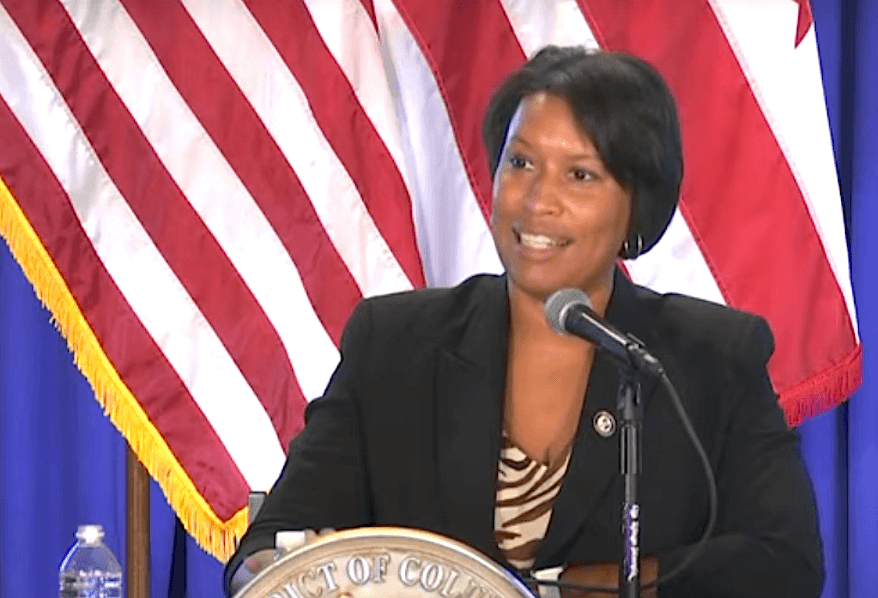Opening of D.C. Schools: A Work in Progress
By • September 14, 2020 0 1128

Opening week for District public schools began Aug. 31, with all school buildings closed and all students — some 50,000 — in virtual classes.
According to various interviews and reports, many D.C. schoolchildren were happy to see their friends online and to find their teachers prepared with new material to teach remotely. Some 19,000 computers and tablets had been distributed and 5,000 hotspots identified for students lacking technology.
But for many families, the opening of school in D.C. was a frustrating experience. Thousands of students still did not have access to the needed technology. And there were technical glitches all day — mainly with logging on. While late enrollments continued all week for the public schools, the total number of enrolled students was down across the District.
So on Wednesday, Sept. 9, D.C. Mayor Muriel Bowser made a surprise announcement. She said that she “would expect” the city’s school system could have in-person learning in small groups, maybe by the end of September.
“I think DCPS can and should do it.” the mayor said. “We believe that in-person learning is preferred to virtual, but the decision to get students back in classrooms has to be based on what’s best for the entire system, which is different for independent or charter schools.”
Some private and charter schools in D.C. had opened with small in-person classes on Aug. 31. Georgetown’s Holy Trinity School is considering opening up in-person in the next few weeks. Bowser has asked DCPS to survey those schools to learn their best practices.
“I don’t want to suggest that we have whole classrooms or whole grades or thousands of students going back to school,” Bowser said. “But the public school system can learn from the experience of some charter schools in the city that have small-group, in-person learning.”
D.C. schools are expected to switch over to in-person instruction, at least partially, in the second term, which begins Nov. 9, “if medical conditions warrant,” according to school officials. But it isn’t clear what the medical parameters are for determining when it is safe to go back. Clearly, it’s gone from flattening the curve to the increase in the number of cases and who may get infected.
Other factors, such as the severity of illness, are being considered, though hospitalization and death rates have all been decreasing in the D.C. area to well below the national average. Teachers’ unions have threatened strikes if teacher safety is not given higher priority.
The opening of schools has also become tainted by the politics of two key issues of the presidential campaigns: response to the coronavirus pandemic and school choice. Teachers’ unions, which are significant Democratic supporters, favor schools staying closed until better guarantees of and federal support for teacher, staff and student health and safety can be established.
But advocates for school choice — an issue that had been narrowly targeted for decades to low-income families, who didn’t have good school options for their children — has now, due to COVID-19, become a real concern for suburban families as well.
“Republicans see school choice as a ballot issue,” said David McIntosh, president of the Club for Growth, a conservative economic group. “Polls show strong support among families across demographics groups for tax-credit scholarships, federally supported savings accounts and other programs that would support charters, home-based and private and religious schools.” Almost none of these requires the hiring of union teachers.
“Teachers and staff may feel more comfortable with in-person teaching as time goes on,” Matthew McCrea, head of school at Meridian Public Charter School in Northwest D.C., told the Washington Post. His charter school requires masks and social distancing, and has upgraded its air filters. “Sometimes fear of the unknown is greater than the fear itself,” McCrea stated.

